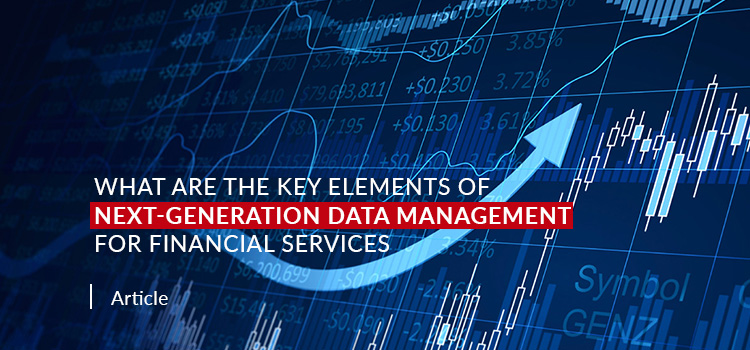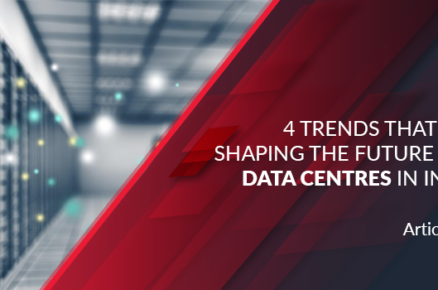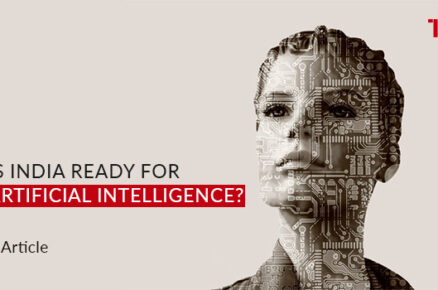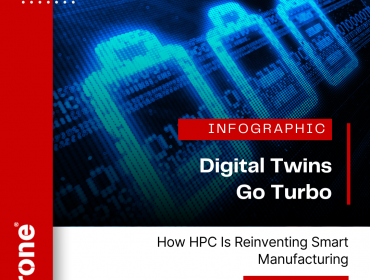Huge management challenges have cropped up for companies working in the financial sector due to the complexity of isolated data landscapes. Because of those challenges, organizations, working in the financial sector, are now in need of better solutions in terms of an environment which does not just derive insights by using intelligent technology but also connects the required data from various sources. That can only be provided in terms of a better and more modern data management strategy. This strategy must act according to the speed of the business and should be able to address both Big Data assets and enterprise data assets. There are many major components of this change and these key elements should be present in the next generation data management solution for companies working in the financial sector. And those three elements are mentioned below.
- A Logical and Unified Financial Services Data Model
It is vital for you to develop multiple purposes and standardized data model which is efficient in helping you realize a consistent and single version of the truth. There are also specific features which must be present within this data model. And some of those features are:
- The model should be business driven and should also serve all types of analytical requirements
- The model should provide a semantic and normalized description of the entities which are understood by the business owners and are present in the real world
- Granularity should be maintained even to the levels of the single contracts and transactions
- All business domains should be covered including but not limited to marketing, customers, products, contracts, risks, and accounting
- It should support the complete versioning and history of all objects in the business
- It should also have the feature of extensibility so it can accommodate change if required in the future
This sort of data model won’t just decrease the chances of data replication but will also completely support data consistency. This would further allow the stakeholders to take responsibility for the data.
- A Modernized Data Management Platform
If you wish to build a data management platform which consists of connected and trusted data then you need to collect and integrate data on the basis of a standardized logical model into a unified data landscape. There are a few vital features which you should include in that platform. And those vital features are:
- Building a single platform for all sorts of workload and data types like OLTP and OLAP. It should further have logical data warehouse features on a single set of data. There should be no aggregates, data marts, or replication
- It should support the consumption of connected data through various technological environments. It should also provide a virtualized view of data assets
- It should have the most important ability to handle a large amount of data in a scalable manner while having an in-memory modern design
- It should provide you with the flexibility to add all deployment options like cloud, hybrid, and on-premise
- The design could be based on a SQL approach which would help in easing the tasks of development and maintenance of the entire platform and it will further allow you to easily integrate it with other analytics platforms
- All usage scenarios should be supported including predictive analytics and real-time processes
- The Concept of Data Hub
If you wish to integrate data within a unified view, have a holistic view of the data assets, and manage data across the entire IT landscape then a data hub is the best option for you. Building a platform around a data hub provides you with a number of benefits like better transparency, access to all data, and an increase in the speed and agility of innovation. There are a few vital features which a data hub should have. And some of those features are:
- Having an open architecture foundation
- Should allow data sharing and discovery throughout the organization
- Should support data analysis, governance, and provide a unique view for data asset management
- Supporting complex data processing operations
- Should improve the visibility of data assets through metadata catalog management
The Conclusion:
These are the key 3 elements of the next generation data management solution for financial services.












